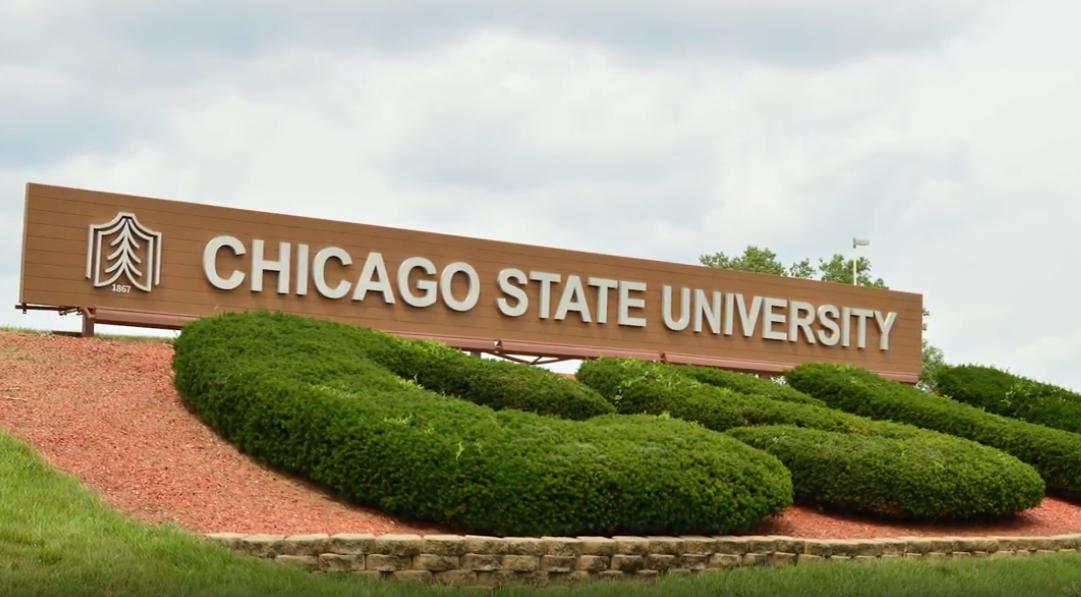Good morning, and thanks for spending part of your day with Extra Points.
By the time you read this email, I’ll be pulling out of town after three days at the NCAA Convention in Nashville, working my way (slowly) to Atlanta. The convention isn’t completely over yet, but since I’m neither a college athlete nor somebody that needs to vote on anything, it’s about time for me to hit the road.
For those that don’t work in the industry, here’s how the event typically goes, in my experience. Thousands of people from D-I to D-III take over a massive convention center complex for a few days. There’s plenty of actual business that happens…from delegates on various subcommittees voting on things, to professional development seminars, to conference and sport-specific discussions…most of which I’m not allowed to watch.
But there’s also almost as much business that happens in the hallways, coffee shops, and bars surrounding the area. There are meetings about new TV deals, conference realignment, new vendor relationships…and of course, plenty of just good ol’ catching up.
I really enjoy the convention. Sources from all corners of Extra Points readership attend this thing, including many professors that use our stuff in their classrooms. When you’re stuck in your basement home office like I am, opportunities to catch up with folks in person is a very welcome development.
I can’t quite cram everything into one newsletter. Last night, I wrote about the takeaways and increasingly complicated financial (and political) math behind deciding whether to opt-into the House settlement or not.
Today, here are three takeaways/storylines to watch after days on the convention floor.
Or rather, here are three takeaways, after this word from our sponsors:
The best way to sell tickets
Lysted allows you to list your tickets effortlessly across top platforms like Stubhub, Ticketmaster, Seat Geek, and VividSeats. With fast payments, competitive fees, automatic updates and synchronized listings, managing your side hustle is a breeze. List your tickets today and see why 30k+ resellers swear by this platform.
Sell your tickets here!

So uh, do people actually have to pay attention to Title IX now or not?
This merits a whole bunch of newsletter, but perhaps the biggest news dropped late on Thursday, when many D-I ADs and leaders had already left the convention. The Department of Education finally issued guidance on how Title IX applies to the House settlement and potential revenue sharing payments. Via Sportico:
In a nine-page “fact sheet” released Thursday, OCR clarified that, under Title IX, NIL money paid to college athletes should be held to the same gender-equity standards as athletic scholarships. Specifically, it stated that the amounts paid to athletes through NIL deals should be considered part of a school’s athletic financial assistance, just as grants-in-aid and cost-of-attendance funds are.
In other news, a school wouldn’t be able to pay 85% of their revenue sharing funds to just men’s sports, even if the lion’s share of the revenue was generated by football and men’s basketball. Just like schools need to consider Title IX in how they distribute scholarship aid, sport sponsorship and access to weight rooms…they’d need to do the same for buying NIL rights.
This would have the potential to blow up much of the proposed administration of the House settlement, if not maybe the settlement itself. Nobody is currently planning on sharing House money equally, even if they’re preparing to pay the same number of male and female athletes.
In my opinion, though, the timing of this guidance couldn’t be much worse. Donald Trump will be President next week, which means we’ll have a new Secretary of Education, new Office of Civil Rights administrators, and new department regulations.
While I understand that many Republican lawmakers have decided to make “defending women’s sports” a major campaign issue…I gotta be honest. I deeply struggle to imagine those lawmakers keeping that same energy when it comes to aggressively enforcing Title IX to direct money away from SEC football players and towards women’s soccer players. That energy wasn’t there when it came to pushing for more Title IX compliance around scholarships, NIL publicity obligations, or other practical issues in women’s sports.
I’d love to be wrong. But such action would not line up with the priorities of the current Trump political coalition.
By waiting this long, the guidance comes too late for schools to factor it in to how they want to approach collectives (dissolve? Bring in house? A third option?), too late for the federal government to actually try to enforce, but juuuust at the right time to cause disruption. For now, the question of “what do we do know”, appears to go back to the schools.
It’s possible I am misreading the situation! I hope to make more phone calls and learn more over the coming weeks.
But in more positive gender equality news,
Women’s Basketball finally has a Tournament Unit payout
The movement to pay out Tournament Units for both the men’s and women’s basketball tournaments, to the best of my understanding, predates the launch of Extra Points in 2020. Many conference leaders, coaches, and administrators have pushed for this policy change, often to deaf ears.
But thanks to persistent efforts, a new TV contract and growing popularity of women’s college basketball, the unit is finally coming…starting this year. Via The Athletic:
The unanimous vote by NCAA membership (292-0) was met with applause in the jam-packed ballroom at the Gaylord Opryland Resort & Convention Center. It was the final step toward a pay structure after the Division I Board of Governors voted for the proposal in August.
…But now, that will change. In the initial year of the Women’s Basketball Fund, $15 million will be distributed over three years (across 132 units), meaning a team that makes the Final Four this season will earn nearly $1.3 million for its conference, paid out over the next three years. That fund will grow to $25 million by 2028. It’s still lower than the total value of the men’s units, which are worth more than $200 million.
There are lots of people who I think ought to take a victory lap here, but two off the top of my head would be A-10 commissioner Bernadette McGlade, a longtime advocate for women’s basketball who has been pushing for this move towards equality for years, and Patriot League commissioner Jennifer Heppel, who I know was also advocating for this change far before it was popular. FWIW, she’s who first made me aware of the issue.
I don’t know if the unit payout amounts will ever be equal, or even if they should be. But I do know a lot of folks are very happy about the messaging sent by having tournament payouts to reward success in both men’s and women’s basketball.
And finally, a few thoughts on that whole “P4 takeover of NCAA Championship Events” proposal
Last week, Yahoo Sports reported that a proposal was floating around P4 administrators that would shift control of championship events from the NCAA to the P4 leagues. That would mean that the biggest brands would have even more to shift the composition of tournament selection committees, revenue distribution, and yes, even championship access.
I talked to several non-P4 administrators at the convention about this proposal, and while I think this might shock you, I must tell the truth….all of them hate it, with most of them expressing their dislike in language I am trying to avoid using in free editions of the Extra Points newsletter (feel free to use your imaginations). Pat Forde at SI reported something I’ve heard from other admins as well…not even every P4 administrator loves the idea.
Let me try to look at this proposal without deep cynicism for a second. I understand that P4 institutions are under particular pressure to drive more revenue in the revenue sharing/NIL era. I also understand that these same P4 leaders have seen consultant data indicating that the majority, if not overwhelming majority, of broadcast value of the NCAA Tournament comes from the big boys. America may want to root for the underdog in the first round (and gamble on them), but according to the Serious Professional Spreadsheets that all the P4 people read, America doesn’t actually want to watch the Ohio Valley Conference champion in the Final Four.
We can debate that in the comments if you want, but that’s the data I know they’re reading from.
So I can understand why those power school leaders would want to maximize more revenue (and perhaps also, control), of championship events. There’s only so many dollars to be mined from the College Football Playoff, after all.
The other dirty little secret is that I’m not sure the FCS and I-AAA world is organized enough to effectively fight back. Some of that is out of self-interest, (pissing off the P4 is a great way to make sure you won’t get that future AD job in a few years), but I think some of that also speaks to the difficulty in building an effective political coalition across 100+ schools that don’t have as much in common as they might think.
I’ve heard variations of the ideas proposed in Forde’s column…although FWIW, the folks I’ve talked to have focused more on making Play-In games more at-large centric, rather than the fodder of 15-seeds…but we’re all just talking about proposals, not concrete policy. Some sort of NCAA Basketball Tournament expansion feels probable.
But based on what I am hearing and reading right this second, I don’t think a heavy-handed absolute takeover is the most probable policy change. If the P4 schools want the rest of the NCAA to soak up a few more slings and arrows from the legal community, they can’t piss everybody else off in their effort to grab a few more tournament bids.
At least, not yet.
And with that, I’m hitting the road. I’ll see you all in Atlanta!

















